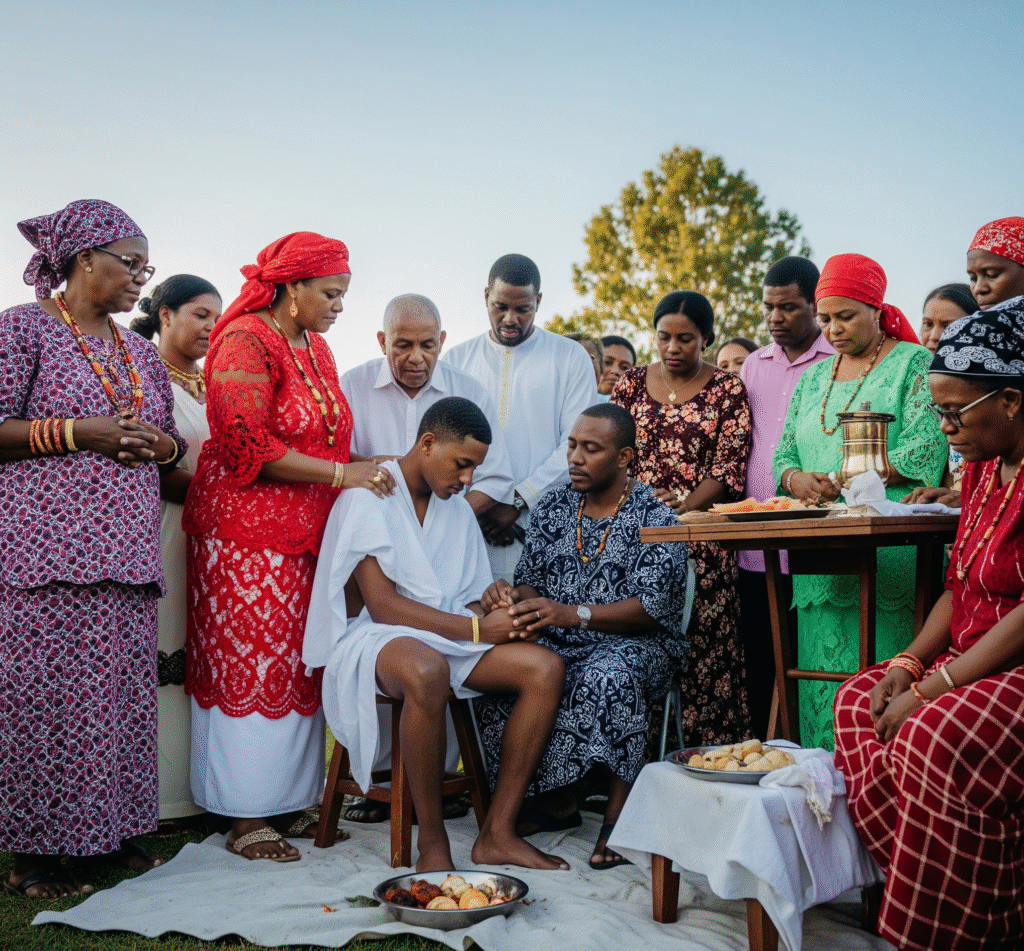Circumcision (called also Posthectomy) is one of the oldest and most widely practiced surgical procedures in human history, performed for a variety of medical, cultural, and religious reasons. Whether conducted on newborns, adolescents, or adults, circumcision remains a topic of interest and debate. In this comprehensive guide, we will explore what circumcision is, its historical background, its role in religious and cultural traditions, as well as the medical motivations behind the procedure.

What Is Circumcision and Why Is It Done?
Circumcision is the surgical removal of the foreskin, the retractable fold of skin covering the tip of the penis. This procedure can be performed for religious, cultural, or medical purposes and is usually done shortly after birth, during adolescence, or in adulthood.
The procedure can be elective or recommended due to medical conditions such as phimosis (tight foreskin), recurrent infections, or hygiene concerns. In adult circumcision, the process is typically more complex and may involve a longer healing time.
In many cases, men who undergo procedures such as penile implant surgery, penis enlargement surgery, or phalloplasty may also be circumcised either beforehand or as part of the surgical process.
What Is the History of Circumcision?
The history of posthectomy dates back over 5,000 years. Ancient Egyptian hieroglyphics depict the practice, and evidence suggests it may have been used as a rite of passage or for hygienic reasons in desert environments. The tradition later spread to Semitic peoples and became deeply rooted in religious practices.
In the 19th and early 20th centuries, circumcision gained popularity in Western medicine for perceived health benefits, especially in English-speaking countries. Although its routine practice has declined in some regions, it remains prevalent in others due to longstanding cultural and religious customs.
How Is Circumcision Performed?
In newborns, posthectomy is typically done using a clamp device such as the Gomco or Plastibell and takes only a few minutes. For adults, the procedure is performed under local or general anesthesia and may involve sutures.
Post-operative care is crucial to avoid complications such as bleeding, infection, or pain. Healing time varies, but newborns usually recover within 7 to 10 days, while adult circumcision may take a few weeks.
What Are the Medical Benefits and Risks of Circumcision?
Medical reasons for posthectomy include:
- Prevention of urinary tract infections in infants
- Reduced risk of penile cancer
- Decreased transmission of sexually transmitted infections (STIs), including HIV
- Easier maintenance of genital hygiene
Despite these benefits, posthectomy is not without risks. These may include:
- Bleeding and infection
- Pain and discomfort during healing
- Rare cases of scarring or improper healing
In men undergoing procedures like phalloplasty or penile implant placement, posthectomy may be performed to improve surgical outcomes or reduce post-operative complications.
What Are the Cultural and Religious Reasons for Circumcision?
Posthectomy plays a central role in various religious traditions. In Judaism, it is called brit milah and is typically performed on the eighth day after birth as a covenant between the child and God. In Islam, it is known as khitan and is usually performed in infancy or early childhood, although the age can vary based on cultural practices.
In some African and Southeast Asian cultures, posthectomy is an initiation rite that marks the transition from boyhood to manhood. These ceremonies often carry deep social and spiritual meaning.
In contrast, female circumcision, more accurately referred to as female genital mutilation (FGM), is a harmful and internationally condemned practice with no medical benefits. Unlike male circumcision, FGM is associated with severe health risks and is considered a violation of human rights by global health authorities.
Is Adult Circumcision Common?
Adult circumcision is growing in prevalence among men who missed the procedure at birth or experienced complications later in life. Some seek the procedure due to personal hygiene, religious conversion, or to address issues such as pain during intercourse or recurring infections.
Adult men undergoing penis enlargement surgery, phalloplasty, or penile implant procedures often undergo posthectomy concurrently or beforehand to enhance surgical success and minimize complications.
The healing process for adult circumcision typically includes reduced physical activity, abstinence from sexual activity, and regular follow-up with a healthcare provider.
Are There Alternatives to Circumcision?
For individuals who experience foreskin-related problems but want to avoid posthectomy, some alternatives include:
- Topical steroid treatments for phimosis
- Preputioplasty, a less invasive surgery to widen the foreskin
- Improved genital hygiene practices
However, in some cases, posthectomy remains the most effective long-term solution, especially in recurrent medical conditions.
Should You Consider Circumcision?
Deciding whether to undergo posthectomy is a personal choice influenced by medical advice, cultural identity, and religious belief. Parents, in consultation with pediatricians or religious leaders, often make the decision for newborns, while adults typically weigh health concerns and lifestyle factors.
Understanding what is circumcision, its history, religious significance, and medical implications can help you make an informed decision. If you’re considering posthectomy as an adult, or in combination with procedures like penile implants, penis enlargement surgery, or phalloplasty, consult a qualified urologist or surgical specialist for personalized guidance.



